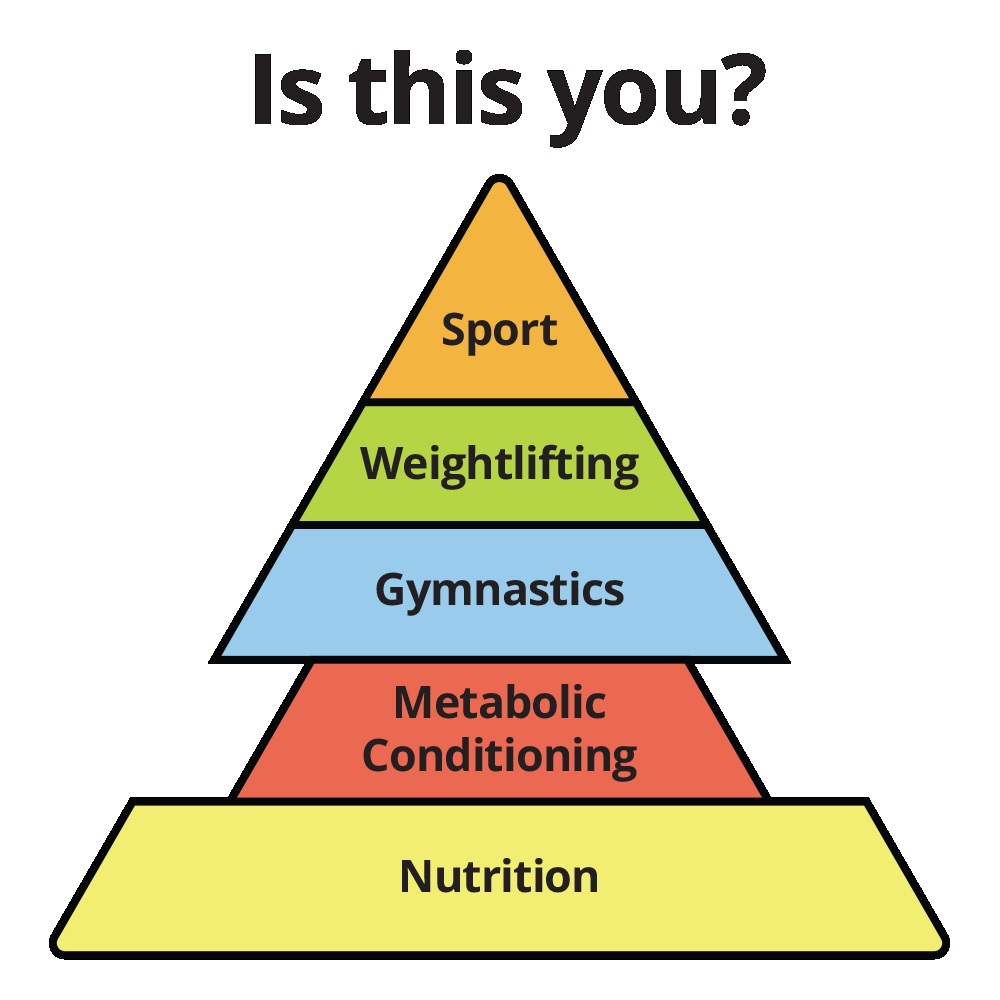Have you ever started out too fast on a metcon and hit a wall? Or, attempted to pace, but overestimated how fast you could sustain? It’s not uncommon in CrossFit. Pacing is a skill that takes practice. But let’s assume you want to go “full send” in a WOD, like performing “Fran” unbroken. How can you build your engine to the point where that’s possible? Let’s dive in.

When most people talk about and “conditioning” and how to “build your engine,” they’re referring to development of your energy systems. What makes CrossFit unique, is the use of higher skill movements in a conditioning setting. This means that we can be limited by movement skill (efficiency), energy systems development, or stamina in a given workout. In a well-balanced program (see also, Viking Athletics), some workouts are dedicated purely to the development of energy systems. You can also practice skills over time, eliminating that obstacle. How then, can we improve stamina? There are 3 ways.
First, we can improve the duration of our push. For example, if you can sprint 200 meters at max pace, the next time you sprint, you can try to increase the distance to 220, or 250, at the same pace. Or, in the case of “Fran,” maybe you can perform 10 unbroken thrusters. You can practice performing sets of them and increase the reps each time – 11, then 12, etc.
Second, we can decrease the amount of rest time. In the case of running, let’s say we have 200m sprints. We start out running 8 intervals, with 3 minutes of rest between them. We can repeat this workout with 2.5 mins rest, 2 mins rest, etc. The same goes for sets of thrusters – we can decrease rest time between them.
Finally, and this is what’s going to provide the most bang for your buck in a workout setting with multiple movements, we can improve our ability to clear fatigue. What does this mean? When we perform higher intensity work, we use type 2 muscle fibers. These use anaerobic energy sources, and create waste called lactate. Lactate is an energy source for type 1 muscle fibers. So, while type 2 fibers create fatigue, type 1 fibers can clear it. Developing these fibers improves our ability to clear fatigue.
How do we do that? We make our rest HARDER, rather than shorter. This means that we perform the same movement that created fatigue in the first place, but at a much lower intensity. In the case of our sprints, instead of complete rest between intervals, we can walk. Eventually, this walk becomes a slow jog, and then a slightly faster one. Eventually, we get to a point where we can sustain a fast run pace without accumulating fatigue. Similarly, for thrusters, instead of resting completely between sets, we would perform slow thrusters with a PVC pipe. We’d move from that to an empty bar, then a slightly loaded bar, etc. Eventually, you get to a point where you can handle significant weight with type 1 fibers, and we just slow down our cycle time to switch between type 1 and type 2.

If we perform all 3 methods of improving stamina, we’ll be able to push harder for longer, and then a quick lowering of pace will allow us to recover and push hard once again. These methods can be used for any movement. This is how you improve stamina and build your engine.
